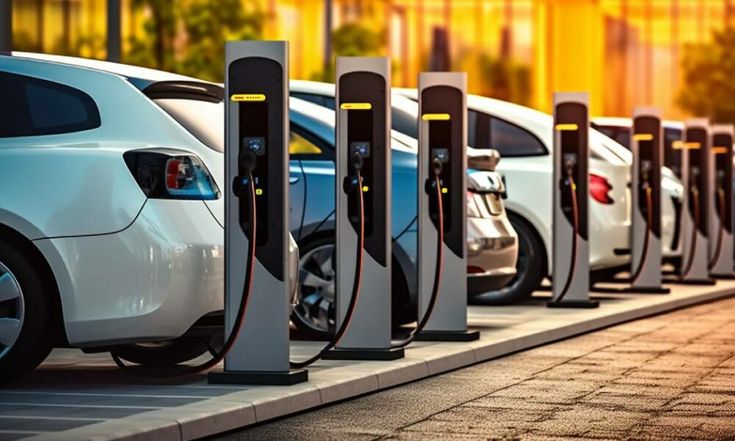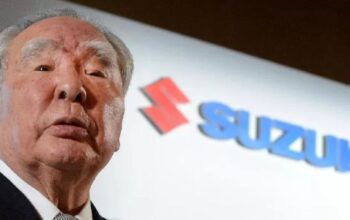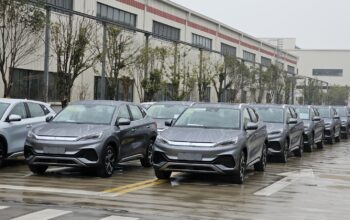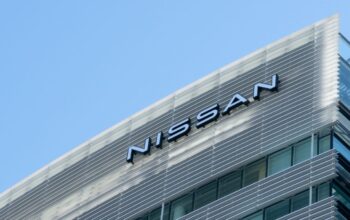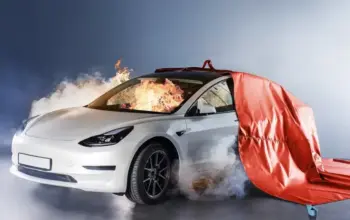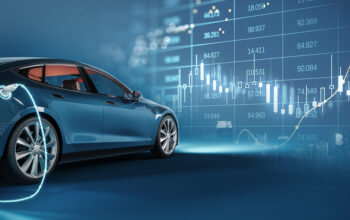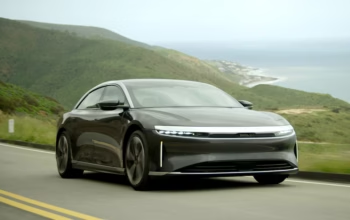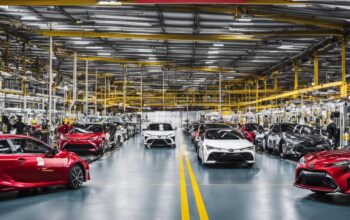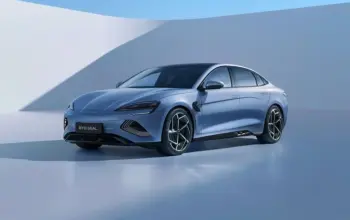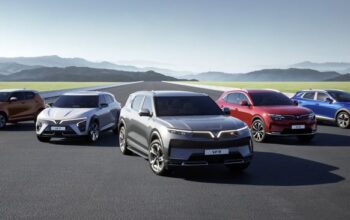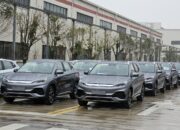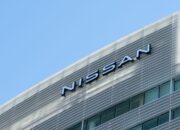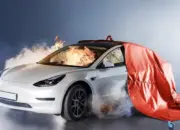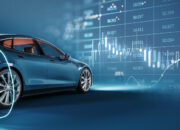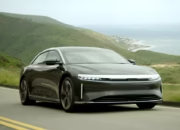Uzone.id – Europe is a relatively open market with the presence of new cars. Uncomplicated trade agreements and relatively low import taxes allow manufacturers worldwide to market their products in Europe.
So far, Europe has welcomed more than 80 car brands from the US, Japan, South Korea, China, and India. The relatively lower price of Chinese electric cars makes them more dominant.
China sells its electric cars at a price 30 percent lower than the average price set by European competitors. Lower labor rates, increased scale, and large government subsidies drive the lower prices.
No less critical, China also stands out in the BEV (Battery Electric Vehicle) segment. BEVs are one of the most essential components of electric vehicles. The use of batteries accounts for 40 percent of the price of the car itself.
So why is the price of BEVs produced in China relatively cheaper? China has more than half of the world’s processing and refining capacity of lithium, cobalt, and graphite, which are essential for making electric vehicle batteries.
Although many news reports state that Chinese electric cars have dominated the European market, Chinese car brands are still rare to be seen on the streets of Europe.
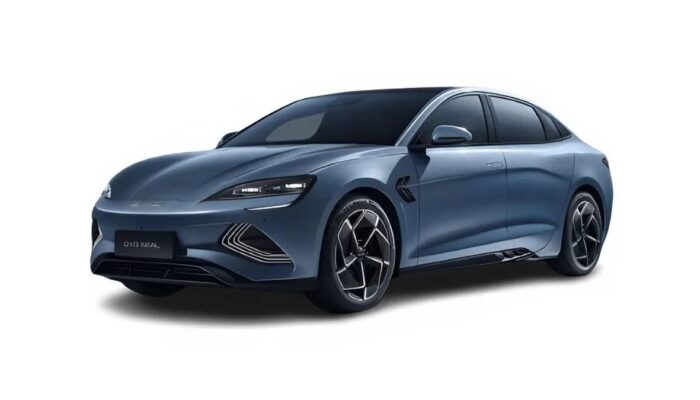
However, awareness of Chinese electric car brands is already quite large. A study found that more than half of respondents in the US, Germany, UK, and France indicated that they knew at least one Chinese electric car brand and would consider those brands when buying an electric car.
Seeing how ambitious China is in marketing its electric cars, what is the potential of European car manufacturers to counter China’s dominance of electric vehicles?
Governments and European electric car manufacturers share concerns about the dominance of Chinese electric cars. The rapid production of vehicles at much cheaper prices will gradually threaten their industry.
However, instead of raising tariffs to 100 percent as the Americans did, Europe chose a middle ground by trying to balance competition with cooperation.
Then, in October 2024, Europe imposed a new tariff of up to 35 percent on Chinese electric cars in addition to the existing 10 percent import duty. This decision was made to increase the price of electric vehicles in the European market so that the domestic industry would be more competitive for the next five years.
Although it will be challenging to counter China’s aggressiveness in producing and marketing electric cars, there are still opportunities for European electric car manufacturers to compete with Chinese electric vehicles.
The slightly poor perception of Chinese products continues to challenge manufacturers in marketing their products in Europe. On the other hand, European car brands have a strong reputation. European-made cars are famous for their luxury, quality, and design.
In addition, Europe’s average consumer is increasingly concerned about sustainability issues. European electric car brand manufacturers also use this to promote more sustainable electric vehicles.
Because competing with China means competing with price, European electric car brand manufacturers need to strengthen the supply chain to reduce the selling price of each unit.
European manufacturers must diversify their supply chains to ensure they continue producing and keeping car prices down. The government and manufacturers have also driven various initiatives, one of which is reducing dependence on raw materials and batteries from China.
They can also build component factories closer to production sites. By increasing the number of components they produce, OEMs can simplify the supply chain and cut costs even further.
Meanwhile, manufacturing, nearshoring, and offshoring can reduce labor and energy costs by up to 70 percent compared to central European tariffs. However, the offshoring strategy is politically risky.
However, this can be overcome by optimizing the footprint by replacing large machine assembly plants with battery assembly plants that are smaller, simpler, and require less Capital Expenditure (CAPEX).

